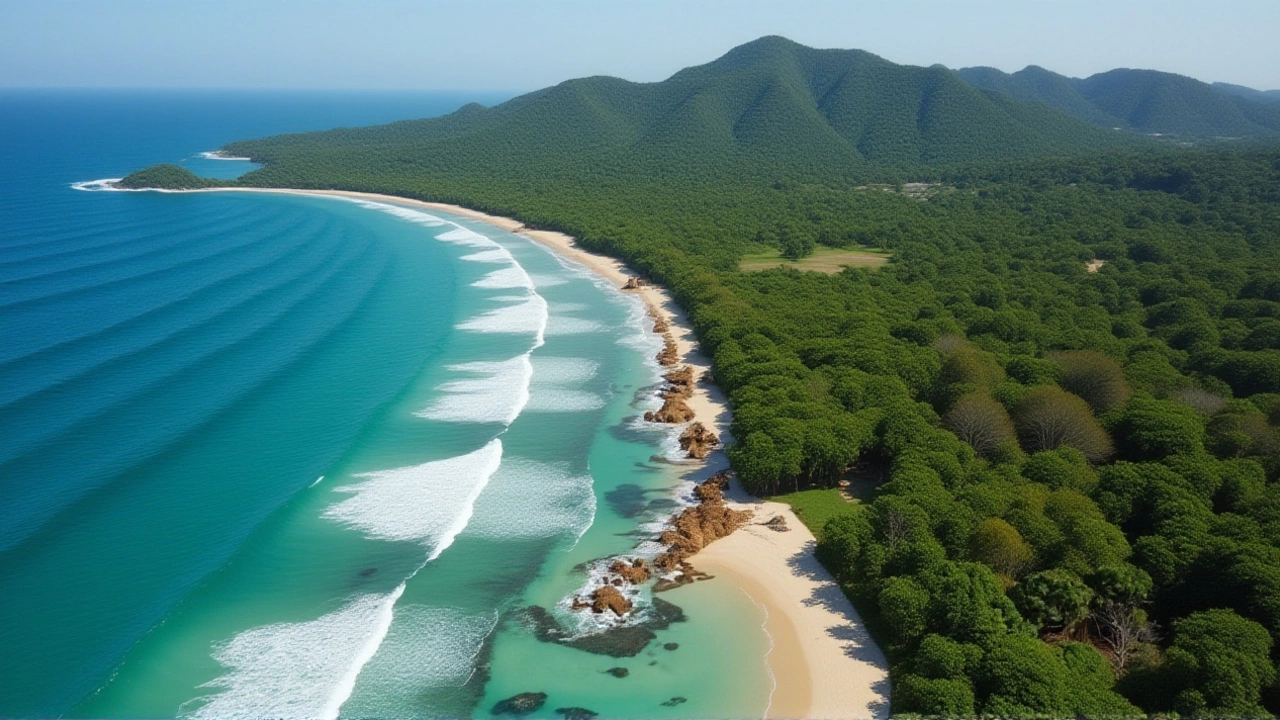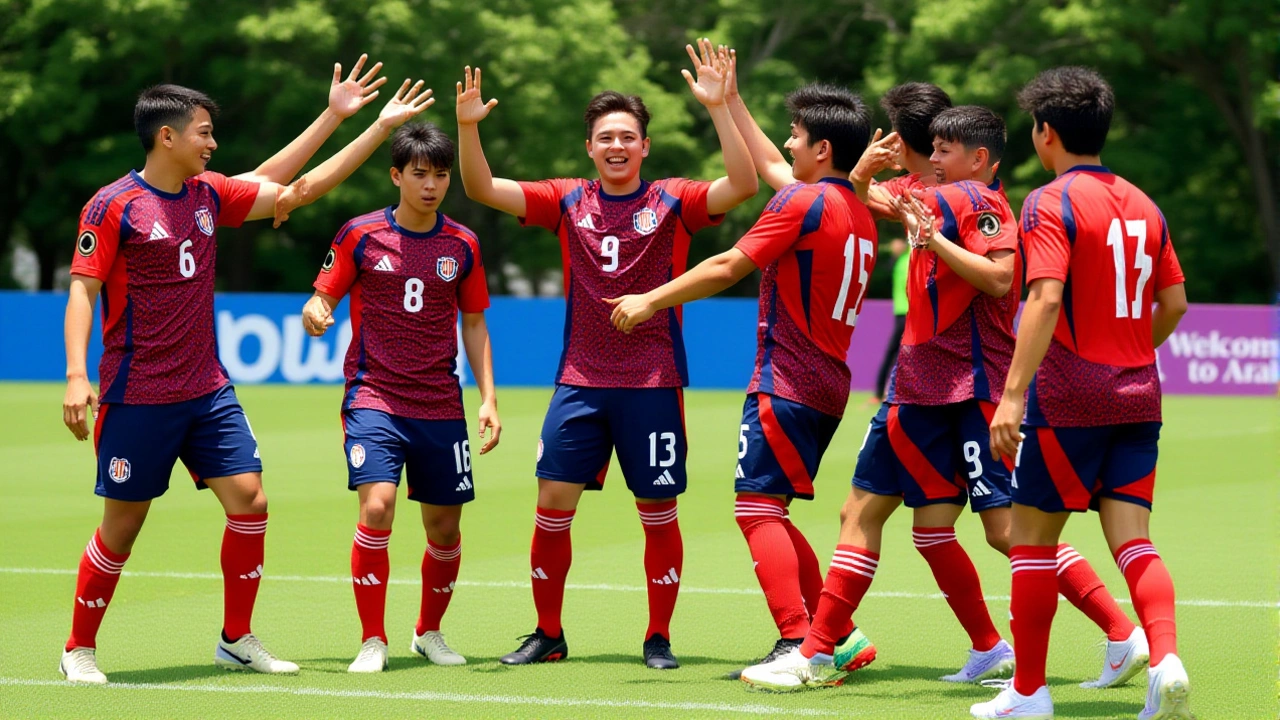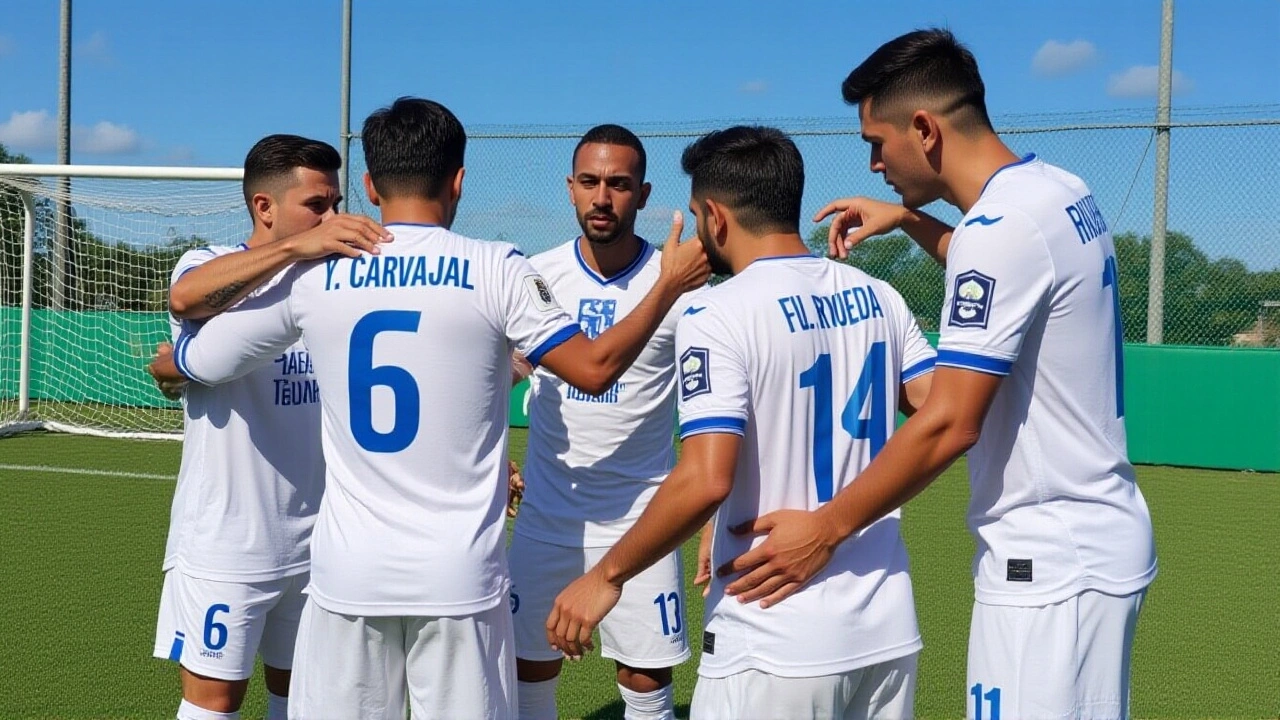The final whistle blew at the Costa Rica National Stadium in San José on Tuesday, November 18, 2025 — and with it, the dreams of two nations faded into silence. Costa Rica and Honduras played out a tense, goalless 0-0 draw in Matchday 6 of the CONCACAF Third Round 2026 FIFA World Cup qualifiersSan José, leaving both teams staring at an uncertain future. For Keylor Antonio Navas Murillo, the 38-year-old captain and goalkeeper, it was another heroic night — an 89th-minute save that kept Costa Rica’s fading hopes alive. But heroics aren’t enough when the scoreboard stays blank. Neither side qualified for the 2026 World Cup, hosted jointly by Canada, Mexico, and United States, and now both are clinging to slivers of possibility — if they can win their final matches and hope others falter.
What Went Wrong? A Match of Near Misses and Missed Chances
It wasn’t for lack of effort. Costa Rica, reeling from a shocking 2-1 loss to Nicaragua just four days prior, made only two changes to their lineup. Honduras, the group leader entering the match, arrived with confidence — but not dominance. The game opened with physicality: a head collision at 16’ halted play, and by 20’, Honduras’ Luis Francisco Menjivar was already under pressure. His save on a Flores shot was textbook, but the rhythm never settled. At 23’, Palma’s curling effort from the edge of the box missed the post by a foot. Costa Rica’s best chance came in the 38th minute, when Joel Campbell’s shot deflected off a defender, sending a corner sailing toward the near post — only to be cleared by a last-ditch header. The second half brought substitutions, but not breakthroughs. At 57’, Costa Rica swapped out their central midfielder. Honduras responded at 59’. By the 70s, both teams were throwing bodies forward. Honduras’ triple substitution at 76’ signaled desperation. At 79’, Costa Rica made a double change — and still, nothing. Menjivar, the Honduran keeper, made four crucial stops. Navas, meanwhile, turned away three clear opportunities, including a point-blank header at 73’ and a curling free kick at 85’. The crowd, once roaring, grew quiet. The air felt heavy. Then, at 89’, it happened: a Honduras counterattack, a low cross, a sliding attempt — Navas, diving full stretch, palmed it away. The stadium exhaled. But it was too late for celebration. Just 20 seconds later, the final whistle blew.The Ripple Effect: Haiti’s Win Crushed Costa Rica’s Last Hope
While the ball rolled in San José, another match was unfolding in Port-au-Prince. Haiti beat Nicaragua 2-0. That result, confirmed just minutes after the final whistle in Costa Rica, was the death knell for Costa Rica’s chances. Before the match, Costa Rica needed a win and for Haiti to lose. Now, with Haiti climbing in the standings, Costa Rica sits fourth in Group C — one point behind Honduras and three behind leaders United States. Honduras, despite the draw, remains in second place — but their goal difference is now dangerously slim. The CONCACAF Third Round awards three direct World Cup slots to the top three teams in each group. Fourth place gets a playoff shot — but only if they finish above other fourth-placed teams across the three groups. With three teams still mathematically alive for fourth, the race is a mess.
Who’s Still in It? The New Math of Qualification
Here’s where things stand after Matchday 6:- Group C Standings (Top 4): United States (15 pts), Honduras (12 pts), Haiti (10 pts), Costa Rica (9 pts)
- Direct Qualifiers: Top three teams from each group
- Playoff Spot: Fourth-place teams from all three groups compete; only the best fourth-place team advances
The Human Cost: Navas’ Last Dance?
Keylor Navas didn’t just play goalkeeper. He played captain, mentor, and last line of defense. His 89th-minute save wasn’t just athletic — it was emotional. This may be his final World Cup qualifying campaign. Born in San Isidro, Costa Rica, Navas has been the face of the national team since 2011. He’s played in three World Cups, won three UEFA Champions League titles with Real Madrid, and now, at 38, he’s watching his country slip away. After the match, he didn’t celebrate. He didn’t smile. He hugged Menjivar — a quiet moment between two men who gave everything, but whose nations won’t be going to the World Cup.
What’s Next? One Final Gamble
The final matches are scheduled for March 2026, just three months before the World Cup kicks off in June. For Costa Rica, it’s a must-win against Canada in Toronto. For Honduras, it’s a do-or-die trip to Mexico City. Both teams will need to rediscover their attacking identity — something they’ve lost since the opening matches. Coaches are under fire. Fan protests are growing. Youth players are being called up. The future is uncertain, but one thing is clear: this draw didn’t just end a match. It ended a generation’s chance.Frequently Asked Questions
Why didn’t Costa Rica qualify despite Navas’ heroics?
Goalkeeping alone can’t win qualifiers. Costa Rica scored just four goals in six matches — the lowest in their group. Navas kept three clean sheets, but the team lacked clinical finishers. With Haiti’s win over Nicaragua, Costa Rica’s goal difference (-3) became insurmountable, even if they won their final match.
Can Honduras still make the World Cup?
Yes — but only if they beat Mexico in their final match and Haiti loses to Mexico or Costa Rica beats Canada. Honduras needs to finish as the best fourth-place team across all three groups. Their goal difference (+2) is slim, and they’ve lost to both Canada and the U.S. this cycle — making their path harder than it looks.
How many teams from CONCACAF qualify for the 2026 World Cup?
Six teams total: three direct spots from each of the three groups (nine total), but only the top three from each group qualify directly — meaning nine direct spots. The fourth-place teams from each group enter a playoff, with only the best fourth-place team advancing to a final intercontinental playoff. So, eight teams from CONCACAF will play in 2026 — six direct, two via playoffs.
What’s the significance of the 0-0 draw for Central American football?
It’s a symbol of decline. For the first time in decades, two traditional Central American powers — Costa Rica and Honduras — are both on the brink of missing the World Cup. It highlights a generational gap: aging stars, underdeveloped youth systems, and inconsistent coaching. If both miss out, it could trigger a major overhaul across the region’s football infrastructure.
When is the next World Cup qualifier for these teams?
The final Matchday 7 games are scheduled for March 2026 — just weeks before the World Cup begins. Costa Rica plays Canada on March 20, Honduras plays Mexico on March 23. Results from these matches will determine whether either team gets a playoff shot — and whether the 2026 World Cup will see a Central American presence at all.
Who’s the favorite to win the CONCACAF playoff spot?
Right now, Haiti is the most likely. They’ve shown resilience, beat Nicaragua and Jamaica, and have a better goal difference than Costa Rica. Even if they finish fourth, their recent form — including a 2-0 win over Nicaragua — makes them the strongest candidate among the fourth-place teams. Honduras and Costa Rica are fading fast.
